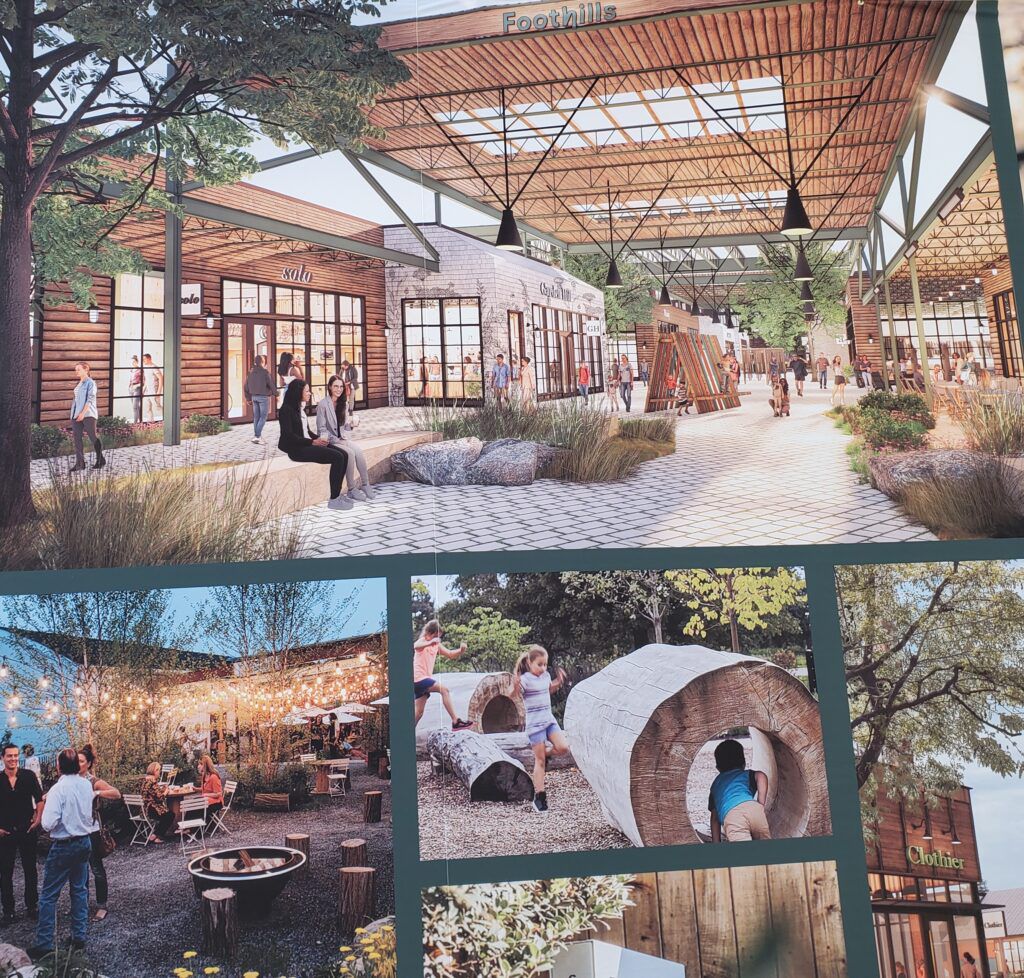Feasibility study eyes transit linking Cheyenne, Northern Colorado
CHEYENNE, Wyo. — Agencies in Colorado and Wyoming have launched a study to determine the feasibility of transit connections between Cheyenne, Wyoming, and the northern Front Range.
The Colorado Department of Transportation, Cheyenne Metropolitan Planning Organization and the Wyoming Department of Transportation are conducting the CO-WY Transit Feasibility Study. Part of the effort includes a self-guided online meeting for the community to learn more about the study and provide input. The online meeting can be accessed between Oct. 3-17 at cowytransitstudy.com.
The group estimates that 30,000 daily trips cross the Colorado-Wyoming border on Interstate 25 and U.S. Highway 85.
“As northern Colorado and southern Wyoming continue to grow, a regional transit system connecting the two regions becomes more desirable,” Tom Mason, Cheyenne MPO director, said in a written statement. “We will evaluate the community input we receive from this online meeting to develop a recommended transit service that provides a convenient and equitable connection for all future users.”
The online meeting will provide a study overview and six initial alignments between the northern Front Range region of Colorado and the Cheyenne area. The public will have the opportunity to provide input through a survey, including which alignments they prefer.
The CO-WY Transit Feasibility Study will examine travel markets, population/employment growth and other infrastructure improvements across the two regions, as well as potential integration with local transit providers.
“It’s important that we hear from people who want another travel alternative between southern Wyoming, Colorado’s Front Range, and beyond,” said CDOT Division of Transit and Rail director Amber Blake. “Identifying the best potential routes connecting riders to local, regional and statewide transit systems will not only benefit passengers, it will benefit the environment by reducing vehicle miles traveled and greenhouse gas emissions.”
The project team will recommend what transit might look like, with a draft study to be presented later this year.
Source: BizWest




